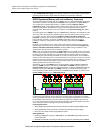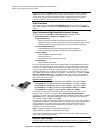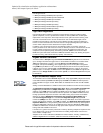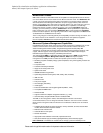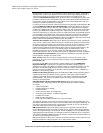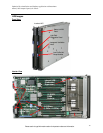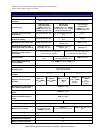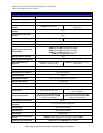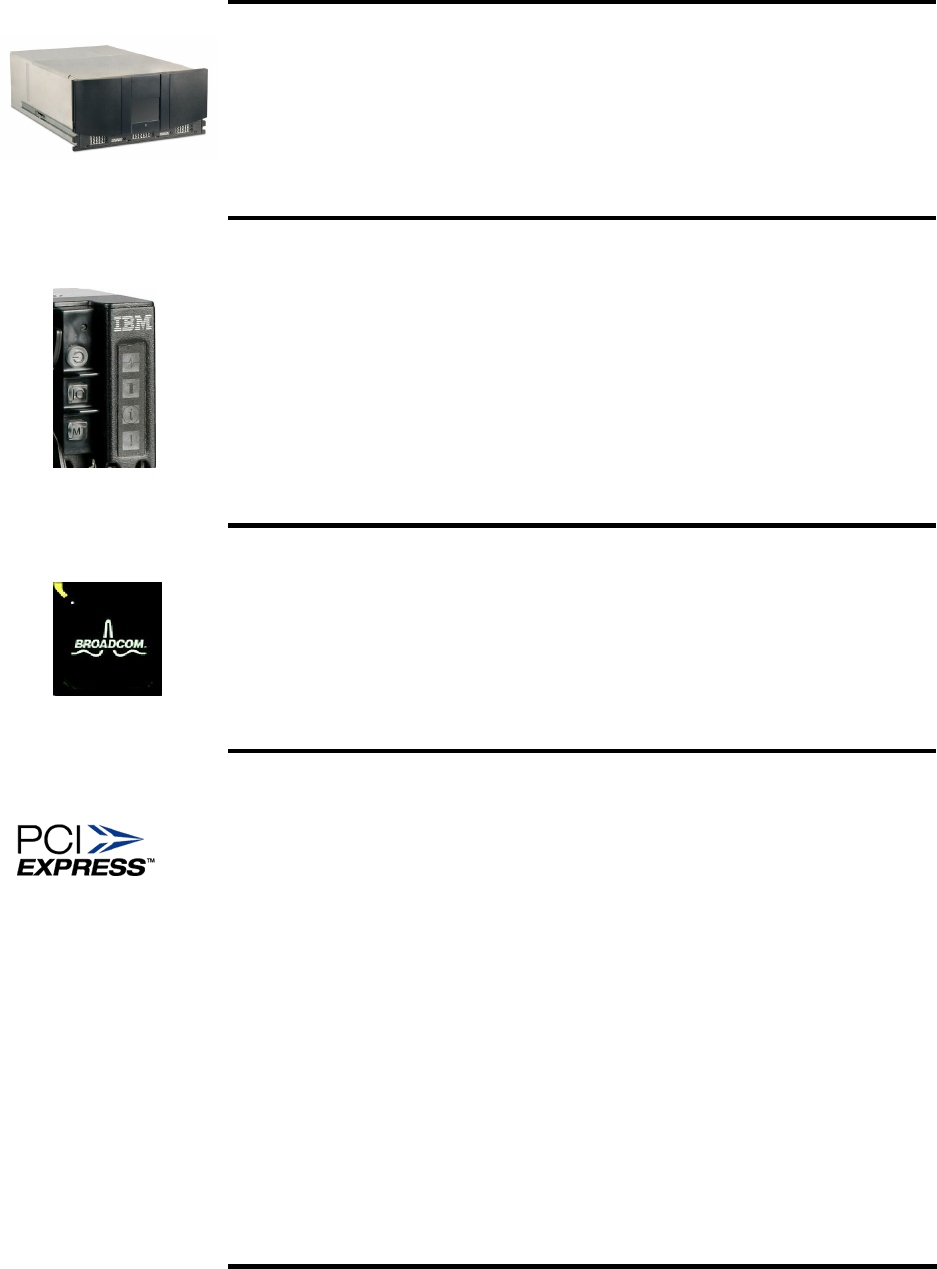
Optimized for virtualization and database applications with maximum
memory and compute capacity in a blade
Please see the Legal Information section for important notices and information.
10.
technologies include:
• IBM System Storage TS2230 Express Tape Drive
• IBM System Storage TS2240 Tape Drive Model S4E
• IBM System Storage TS2900 Tape Autoloader
• IBM System Storage TS3100 Tape Library
• IBM System Storage TS3200 Tape Library
• IBM System Storage TS3310 Modular Tape Library
• IBM System Storage TS3500 Tape Library
Light Path Diagnostics
Light path diagnostics enables a technician to quickly identify and locate a failed or failing
system component, such as a specific blower module or memory DIMM. This enables quick
replacement of the component, which helps increase server uptime and lower servicing costs.
The front of each blade server—and the chassis itself—has an LED indicator light to show
possible component failures. This lets the servicer identify the failing component without the
need to or remove the blade server from the chassis. The light path diagnostics panel tells the
servicer which component of the affected server requires attention.
In addition, many components have their own identifying LEDs. For example, each of the
memory modules has an LED next to the socket, as do both processors. This allows the servicer
to easily identify exactly which component needs servicing. By following the “light path,” the
component can be replaced quickly, and without guesswork. (Note: In the event of a failed
DIMM, the system will restart and mark the DIMM as bad while offline, thus allowing the system
to continue running, with reduced memory capacity, until serviced.)
Gigabit Ethernet Controller
The HX5 includes a dual-port integrated Broadcom BCM5709S Gigabit Ethernet controller for
up to 10X higher maximum throughput than a 10/100 Ethernet controller. The controller offers
TOE (TCP Offload Engine) support, as well as failover and load balancing for better
throughput and system availability. It also supports highly secure remote power management
using IPMI 2.0, plus Wake on LAN
®
and PXE (Preboot Execution Environment) Flash interface.
If 2 ports aren’t enough, optional 2-port or 4-port Ethernet expansion cards can be used for
additional ports. For example, the CIOv slot can hold a 2-port card, the CFFh slot supports a 4-
port card, and a bridge module can add another 2 ports, for a total of 10 Gigabit Ethernet ports
per HX5 blade.
High-Performance Adapter Slots
The HX5 blade server includes two PCIe adapter slots. They support CFF (compact form factor)
cards: one standard-speed CIOv and one high-speed CFFh card. Note: The SSD expansion
card is installed in the upper I/O slot. When SSDs are installed, both I/O slots are still available
for use.
Adding a second HX5 blade for a 2-wide 4-socket server doubles the number of PCIe card slots.
The BladeCenter PCI Express I/O Expansion Unit 3 (BPE3) adds 2 standard full-height/full-
length x16 physical/x8 electrical (4GBps) PCIe Gen 1 expansion card slots, supporting
adapters of up to 25W apiece to an HS22. One BPE3 can be connected per HS22 blade, for a
total of 3 available slots (1 in the blade and 2 in the expansion unit). Note: The BPE3 reserves
the high-speed CFFh expansion connector in the HS22, leaving only the CIOv slot available.
Similarly, the optional BladeCenter PCI Express Gen 2 Expansion Blade (BPE4) adds 1
standard full-height/full length and 1 standard full-height/half-length x16 physical/x8
mechanical (8GBps) PCIe Gen 2 expansion card slot per HS22 blade. These slots support two
industry-standard PCIe adapters, up to 75W per adapter. The BladeCenter PCI Express Gen 2
Expansion Blade offers a unique stacking feature that allows clients to stack up to 4 expansion
blades per HS22 blade, offering up to an additional 8 PCIe slots per HS22 blade. Note: Unlike
the BPE3, the BPE4 does not reserve the high-speed CFFh expansion connector in the HS22,
leaving both slots available in the server.
If I/O slots are a greater need than processors or memory, attaching multiple I/O expansion units
to one blade server is much more cost-effective than installing multiple blade servers for the
same number of adapter slots.
Adapters can be used to add fabrics to BladeCenter switch modules, including 10Gb Ethernet,
additional Gigabit Ethernet controllers, CNA, Fibre Channel, InfiniBand, SAS, etc.








